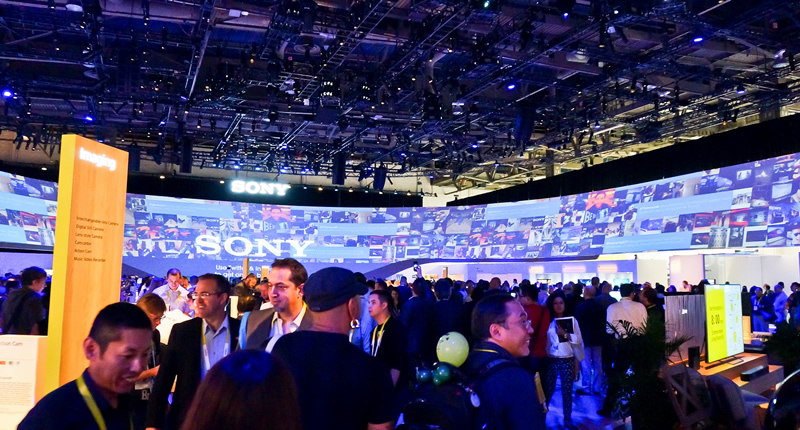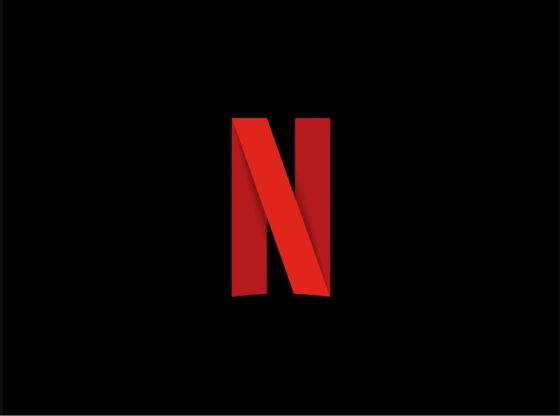The future called at the Consumer Electronics Show (CES), and many new innovations were introduced to shine a light on what people could look forward to. The tech convention was hosted in Las Vegas from Jan. 5 to Jan. 8, where various well-known companies and startups alike shared their new creations with the public. There were announcements in numerous categories, including (but not limited to): cars, gaming, smartphones, home devices and much more.
A recurring theme at CES was bringing back nostalgic tech and evolving it to help maintain a presence in 2017.
Although there were some interesting Android smartphone announcements that appear to improve on last year’s flagships and try to make virtual reality more accessible to the public, Blackberry is trying to rise and make a comeback in their own way. The former champions of creating a great productivity device introduced their new smartphone, which is rumored to be called the BlackBerry Mercury. The smartphone appears to have a good mix of the new and the old. A tactile keyboard will be included, as well as classic BlackBerry apps. But what helps this phone keep up with its competitors is the fact that the keyboard also functions as a scroll pad and its spacebar is also a fingerprint reader. The Mercury will also include Android 7.0 and a USB-C port—two key details most Android devices cannot go on without in 2017. This smartphone is expected to be released near the end of February.
An underrated announcement that also brings back a nostalgic feel is the Super Retro Boy. Coming from the company Retro-Bit, the Super Retro Boy is a reincarnation of the original Game Boy, but with a few 2017 advancements. It will include a 10 hour, rechargeable battery and will be backlit. This device will be able to play all old Game Boy games so long as users have the cartridges. There are also discussions about the company trying re-launch some games as well. Gamers can look forward to this in August.
However, arguably the most hyped gaming device at CES 2017 was Razer’s Project Valerie. This monstrous gaming laptop powerhouse will include three attached 17.3 inch screens and will be powered by a Nvidia GTX 1080 graphics card. This graphics card will be powerful enough to allow 4k gaming on each screen. Adding more hype to this machine, recently the two laptops that were displayed on Razer’s CES booth have been making headlines after being stolen and later found on a Chinese auction site.
A key highlight at CES were the numerous self-driving cars that were showcased. Out of all of the cars, the Faraday Future FF91 could be the automobile to compete with Tesla. There were two betas of the crossover revealed at the convention. One was there to reveal Faraday Future’s fast acceleration (0 to 60mph in under 3 seconds), its quick turns, twin rear motors and 1,000 hp. The other prototype was there to show off the car’s self-driving capabilities. This includes the ability to have the parked car come to the driver with the ease of a mobile app. The car does not appear to be consumer ready, but the prospect shines a light on the potential cars can have in the future.
When it comes to home devices, LG has all other competing televisions beat with their LG W7 OLED 77-inch TV and sound bar. The TV is a millimeter thick and looks like a part of the wall. The soundbar that the TV comes with will include all the ports that traditional TVs have such as HDMI and USB ports. There will be magnetic brackets that one simply attaches to the walls and the TV connects to them. The OLED display allows for the pixels to control the brightness of the screen, which will make for some great images with intense dark hues.
CES never fails to showcase jaw dropping technology, and the amount of products announced seems never ending. It will be exciting to have the future come closer to our fingertips, and it’s no doubt that everyone can find something in their niche that will interest them.











